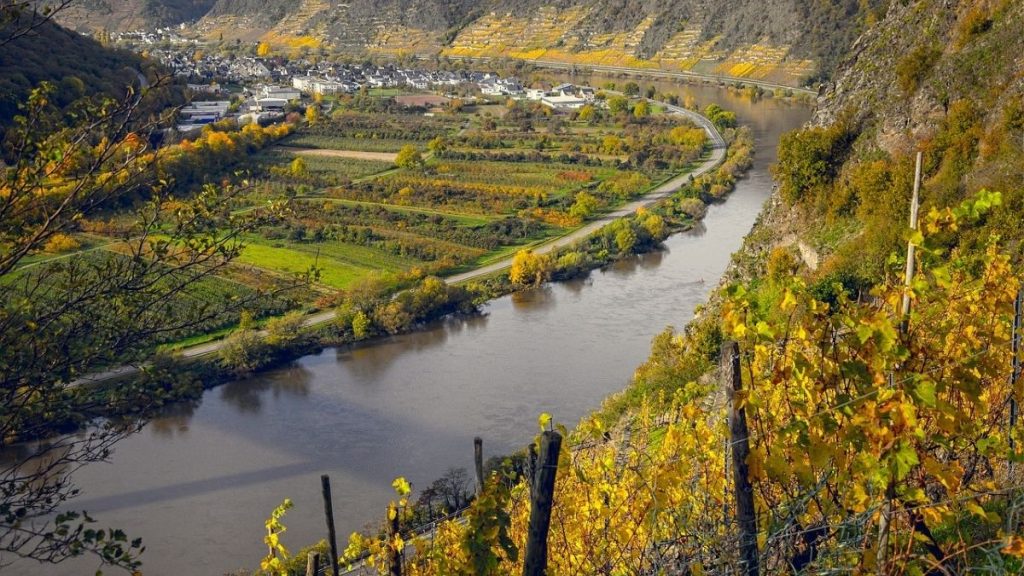Among the excellences of the Italian peninsula, wine certainly occupies a prominent place. Of the many varieties of vines grown in Italy, the Nero d'Avola boasts an ancient history, which finds its dawn in the Greek colonization in Sicily.
Don't be fooled by the name. In the nineteenth century it began to spread as a synonym of Nero D'Avola: Calabrese. This name was in fact chosen to obviate the demand for wines from the Calabria by French producers. The latter chose the intense Calabrian products to give body to their native reds.
The Calabrian name seems to derive from the dialect term calaulisi or calarvisi. It is formed from the words with the roots calau and classroom, which indicated the origin of the grapes from city of Avola. In fact, the importation of the vine is to be considered dating back to the era of Greek colonization. In particular at districts of Noto and Pachino, original places of cultivation of the fruit.
The traditional sapling shape and the climatic needs for a luxuriant growth found in Sicily a dry and ventilated climate suitable for Nero D'Avola. This is also thanks to the presence of the Iblei mountains and the nearby sea breeze.

Nero D'Avola, an evolution of quality
Over the years the vine Nero D'Avola has undergone several transformations, in search of an improvement in product quality and in the name of change in production methods.
From a simple blending wine, the Nero d'Avola it has established itself as one of the finest Sicilian red wines, thanks to a careful selection in the vineyard which resulted in low yields but much higher quality.
Combining the traditional intensity and structure, Nero D'Avola is the result of a production of unparalleled quality, appearing among the Sicilian wines that can boast the Controlled and Guaranteed Designation of Origin (DOCG), the Controlled Designation of Origin (DOC) and the Typical Geographic Indication (IGT).
The alcohol content and the combinations
The wine, grown in the Syracusan area between Avola, Eloro, Noto and Pachino, has always had a yield of grapes with a high sugar content, making it easily reach over 15 degrees of alcohol. The new farming techniques have offered the possibility of lowering the sugar content, consequently increasing the acidity of the grapes.
The grain, of medium size and intense blue color, has a thin skin and prefers poor soils rich in limestone, which give wines with greater concentration of aromas.
For this reason, to the nose, Nero D'Avola looks like very intense, with fruity aromas of black cherry, plum and blackberries. If it is aged in wooden barrels, the wine is enriched with aromas such as spices, leather, licorice and cinnamon.
From the red color intense ruby, bright and with violet reflections, Nero d'Avola is especially indicated to accompany the typical dishes of the Sicilian tradition such as red and white meats, while the younger and fresher versions can risk the combination with tuna, another exceptional product in Sicily.
Finally, among the most famous producers, it is impossible not to mention Sicily Nero d'Avola IGT Cembali di Baglio di Pianetto and Sicily Nero d'Avola IGT Versace by Feudi del Pisciotto, accompanied by other vines that have long been present throughout the island.





